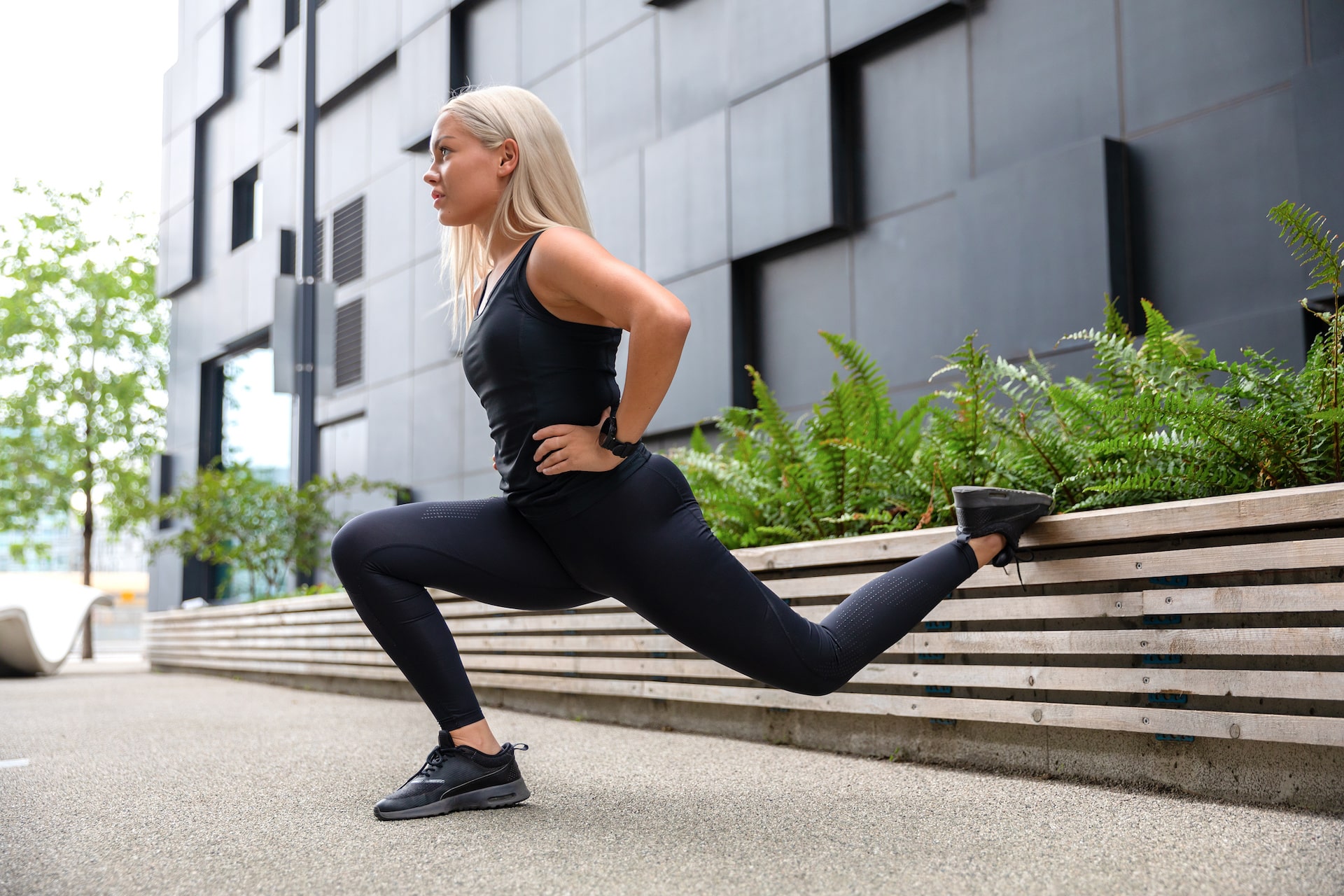Aging gracefully doesn’t mean giving up on an active lifestyle. In fact, staying physically active becomes even more crucial as we enter our senior years. While calisthenics seems like a fitness trend for the younger generation, it’s a fantastic way for seniors to maintain strength, flexibility, overall well-being. In this comprehensive guide, we’ll delve into the world of calisthenics for seniors, exploring its benefits, addressing common concerns, providing a range of exercises tailored to the needs of older adults.
The Benefits of Calisthenics for Seniors
Maintaining Muscle Mass Bone DensityAs we age, muscle mass naturally declines, leading to reduced strength mobility. Calisthenics exercises, which use your body weight as resistance, can help preserve muscle mass bone density, reducing the risk of fractures osteoporosis.
1. Enhancing Flexibility Mobility
Calisthenics involves dynamic movements that promote joint flexibility range of motion. Improved flexibility can alleviate joint stiffness enhance overall mobility, making daily activities easier more enjoyable.
2. Cardiovascular Health
Many calisthenics exercises elevate your heart rate, promoting cardiovascular fitness. Engaging in regular calisthenics can help lower blood pressure, improve circulation, support heart health.
3. Mental Well-Being
Exercise has been linked to better cognitive function mood enhancement. Calisthenics can contribute to reduced stress, increased mental clarity, an overall positive outlook on life.
Addressing Concerns: Safety Adaptation
It’s natural to have concerns about starting a new fitness routine, especially if you’re a senior. Here are some tips to ensure safety effective adaptation:
- Consult Your Doctor: Before beginning any exercise program, consult your healthcare provider to ensure that calisthenics is safe for your health.
- Start Slowly: Begin with simple gentle movements to allow your body to adapt. Progress gradually as you feel more comfortable.
- Focus on Form: Proper form is essential to prevent injuries. Pay attention to your posture alignment during each exercise.
- Listen to Your Body: Stop immediately if an exercise feels uncomfortable or painful. It’s important to listen to your body’s cues make adjustments accordingly.
Calisthenics Exercises for Seniors
Here’s a calisthenics exercise list tailored to seniors. These exercises can be modified to suit your fitness level abilities:
1. Arm Circles:
- Stand tall with your feet hip-width apart.
- Extend your arms to the sides start making small circles with your arms.
- Gradually increase the size of the circles. This exercise helps improve shoulder mobility flexibility.
2. Leg Swings:
- Hold onto a sturdy surface for support.
- Swing one leg forward backward in a controlled manner.
- Switch to the other leg. This exercise enhances hip flexibility balance.

3. Wall Push-Ups:
- Stand facing a wall, about arm’s length away.
- Place your hands on the wall at shoulder height.
- Perform push-ups against the wall, keeping your body in a straight line. This exercise strengthens your upper body without putting excessive stress on your joints.
4. Seated Leg Lifts:
- Sit on a sturdy chair with your back straight.
- Lift one leg straight out in front of you, then lower it back down.
- Repeat with the other leg. This exercise targets your lower body muscles helps improve leg strength.
5. Hip Circles:
- Stand with your feet hip-width apart.
- Place your hands on your hips start making small circles with your hips.
- Switch direction after a few circles. This exercise promotes hip mobility flexibility.
Creating Your Calisthenics Routine
When creating a calisthenics routine, keep these guidelines in mind:
- Warm-Up: Always start with a gentle warm-up to prepare your muscles for exercise.
- Include Variety: Incorporate a mix of exercises that target different muscle groups aspects of fitness.
- Consistency: Aim for regular exercise sessions, but also allow yourself sufficient rest days for recovery.
- Hydration Nutrition: Stay hydrated maintain a balanced diet to support your active lifestyle.
Conclusion
Calisthenics for seniors isn’t just about staying active; it’s a commitment to maintaining physical independence, vitality, overall quality of life. By engaging in these gentle yet effective exercises, you can enhance your strength, flexibility, well-being as you age gracefully. Remember, it’s never too late to start. With proper guidance, patience, a positive mindset, calisthenics can become a joyful empowering part of your daily routine, helping you enjoy the golden years with vitality vigor.




